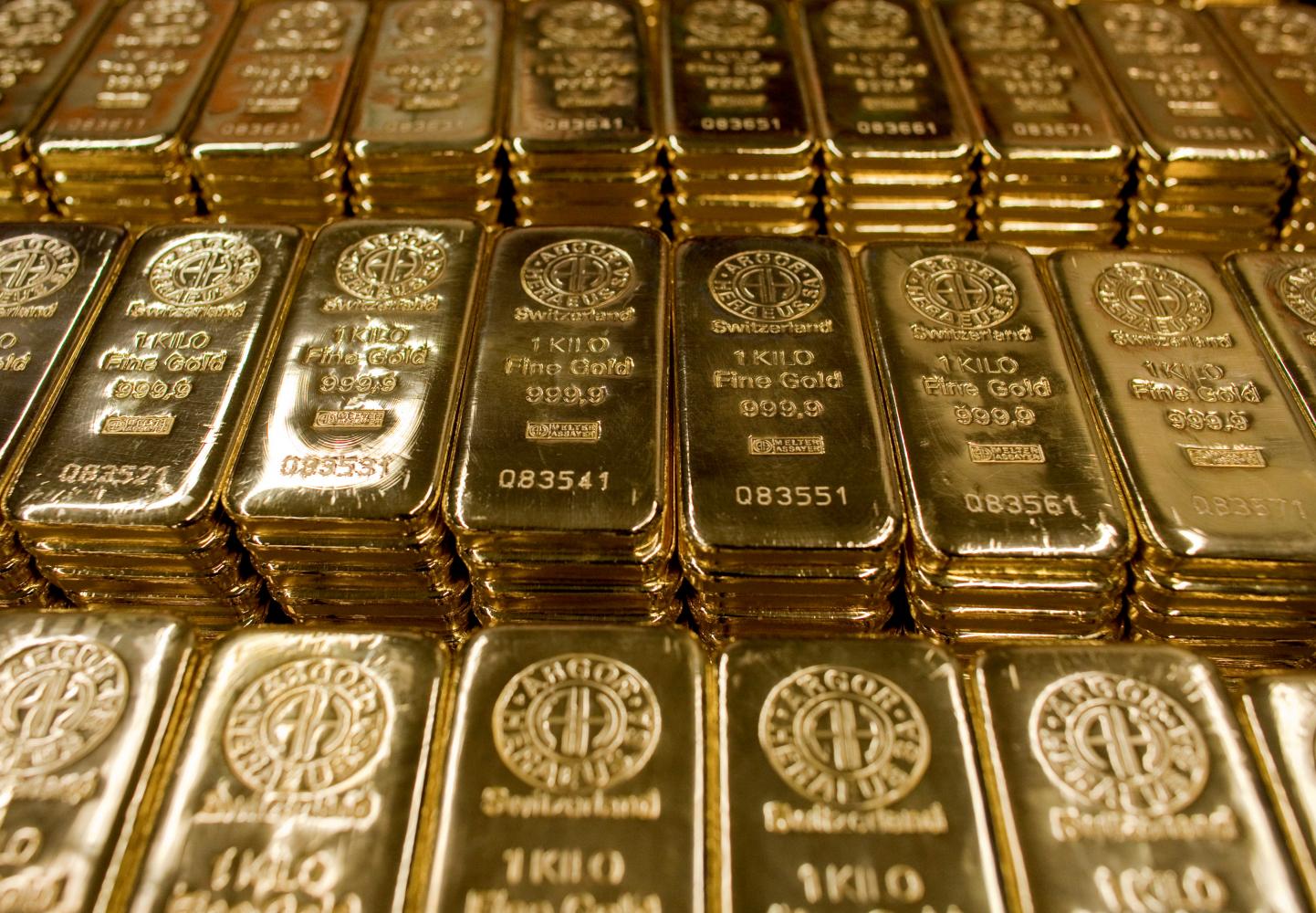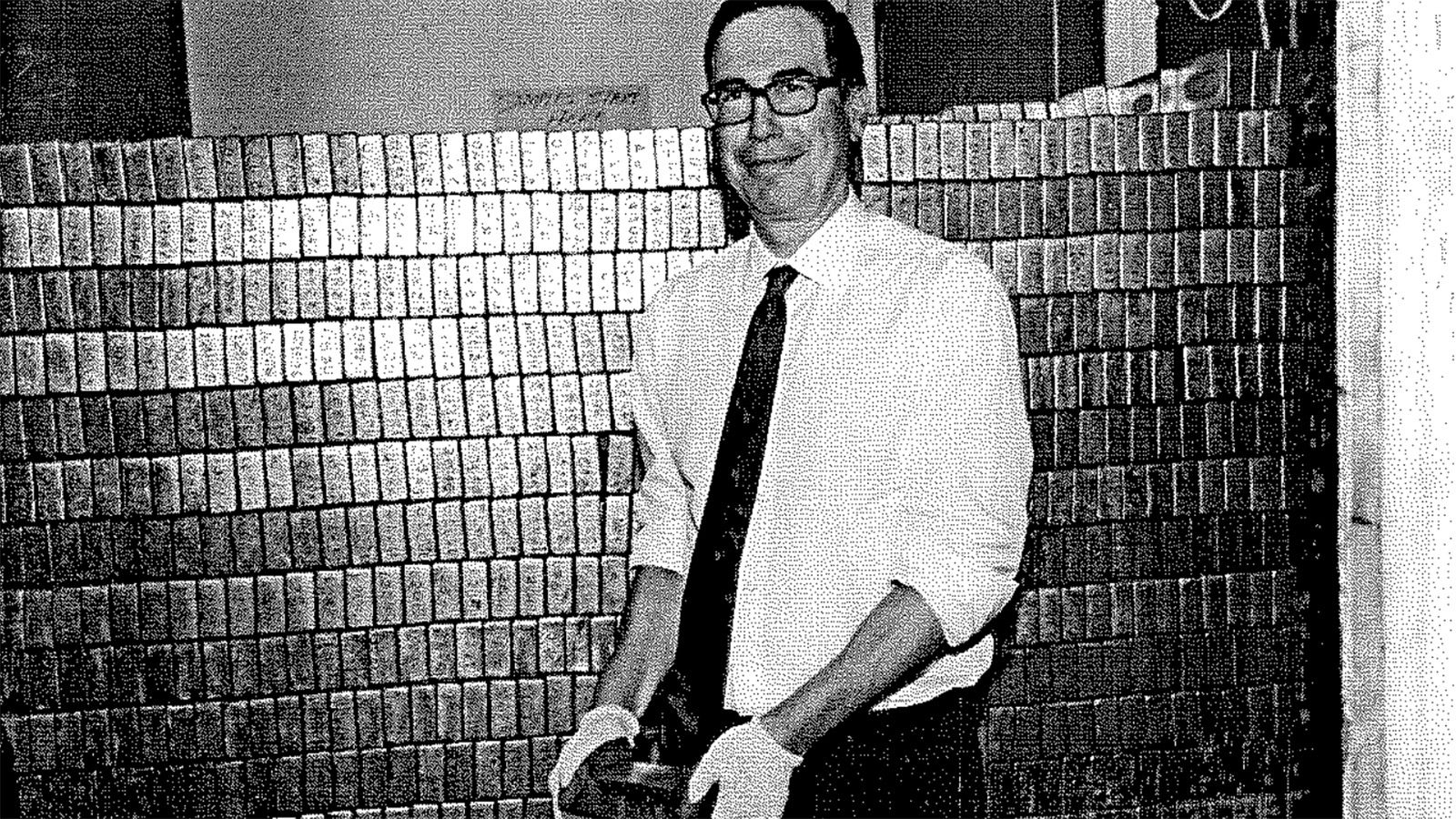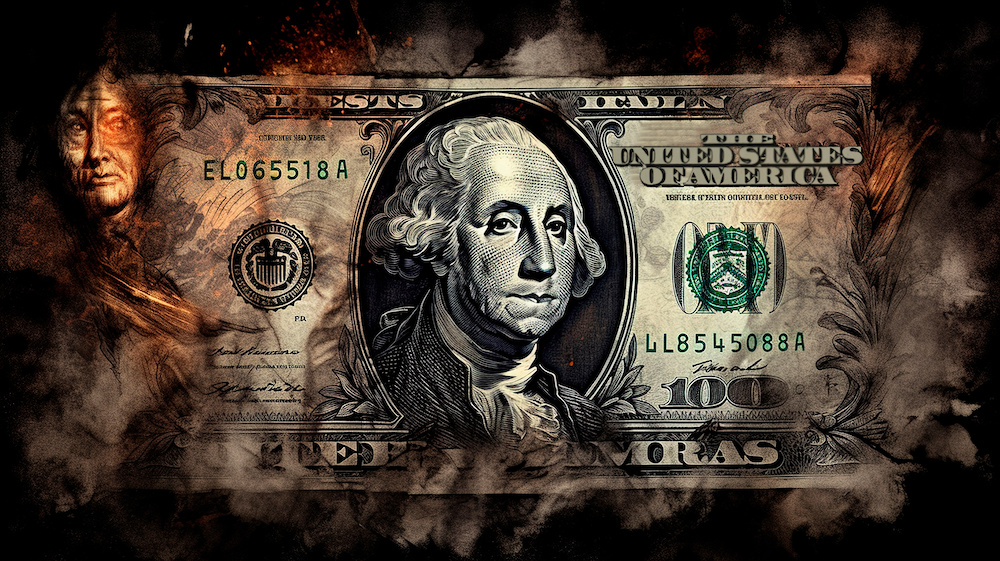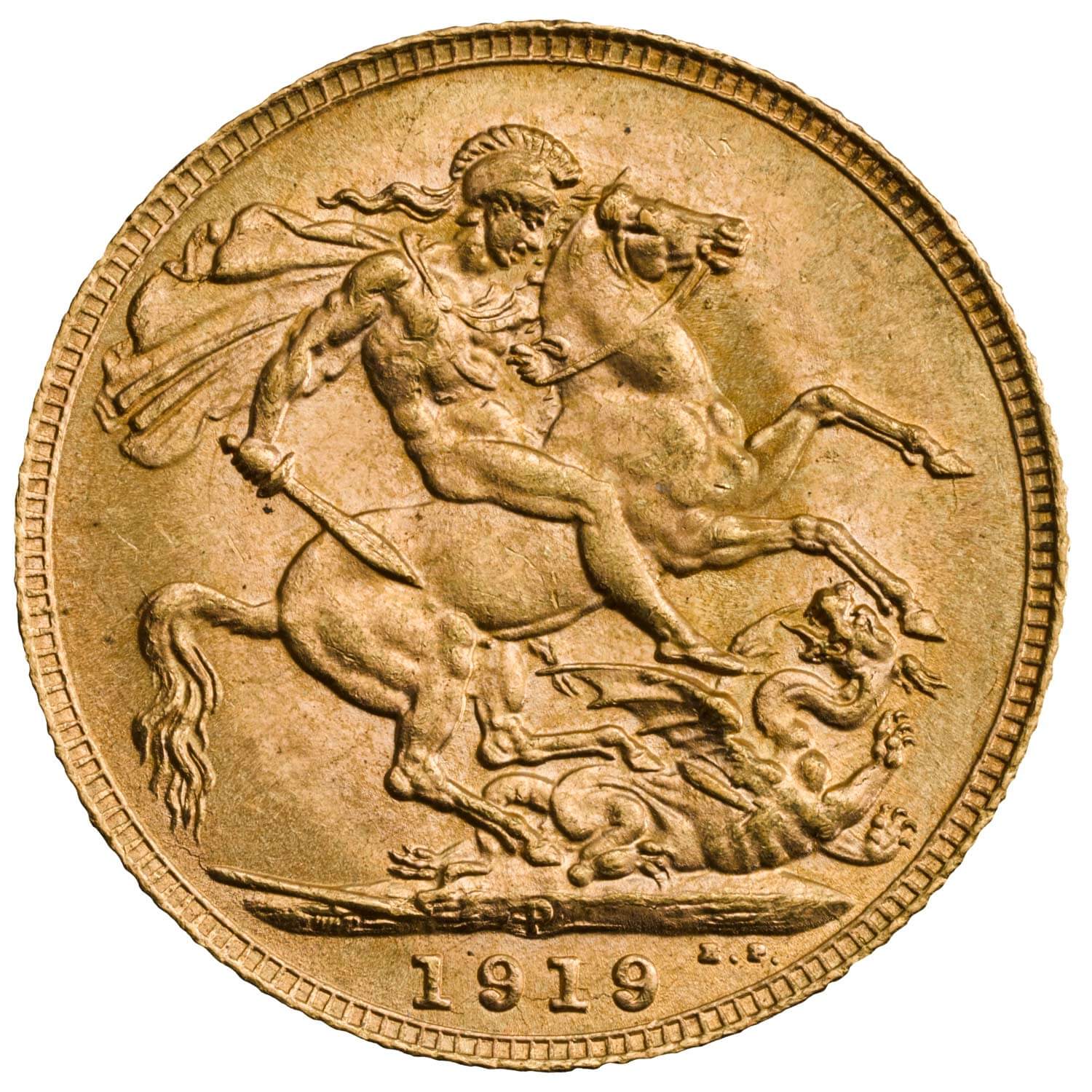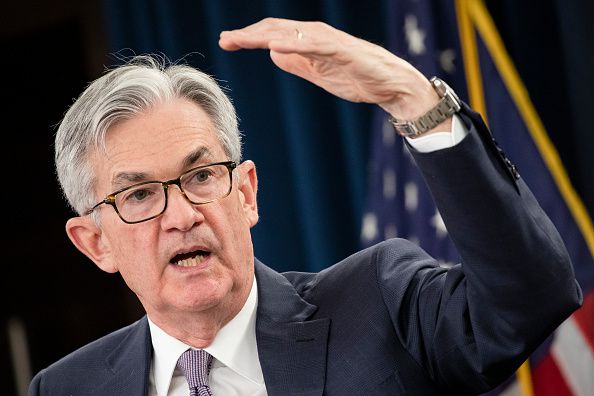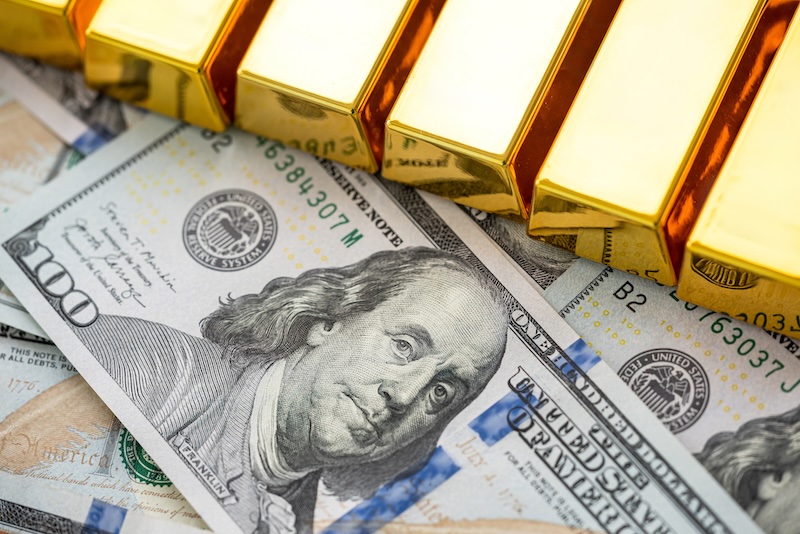Gold is considered a crucial element in diversifying a central bank’s foreign reserves because it bears little correlation with other assets, such as currencies and bonds. In times of market volatility, gold prices often move inversely to paper investments, providing balance to the portfolio.
As we’ve seen with the dollar, paper currency is subject to depreciation and inflation, while gold has maintained its value over the long term.
Top 5 Countries by Central Bank Gold Reserves
While many are monitoring the developments in BRICS, the United States continues to hold the largest stockpile of gold reserves in the world by a considerable margin.
In fact, the U.S. Treasury has almost as many reserves as the next three largest gold-holding countries combined, which are Germany, Italy and France. Russia rounds out the top five.
- United States – The US Treasury reports data about its gold holdings on a monthly basis which also includes how much gold is stored across various vault locations. According to the most recent Treasury data, roughly 147,341,858.382 fine troy ounces is in deep storage at the Fort Knox Bullion Depository, 54,067,331.379 troy ounces are held in vaults at West Point, 43,853,707.279 troy ounces in Denver, another 13,376,987.724 held in custody of the Federal Reserve in New York, plus an addition 2,783,218.656 in gold coins that is considered “working stock” that is spread across various locations. This amounts to 261423103.42 troy ounces, roughly 7411220.3158 kilograms. In terms of tonnage, the US holds roughly 7,411.22 tonnes of gold.
- Germany – Germany’s central bank, the Bundesbank, is integral to both the European System of Central Banks (ESCB) and the Eurosystem, which sets monetary policy for the Eurozone. Germany holds 3352.65 Tonnes of gold as of the third quarter of 2023.
- Italy – Headquartered in Rome, the Banca d’Italia is also part of the European System of Central Banks. The Bank of Italy’s main tasks today include maintaining financial stability, overseeing the banking system, managing the country’s gold and foreign reserves and contribute to the Eurosystem’s monetary policy. Italy holds 2452 tonnes of gold.
- France – Banque de France was established in 1800 by Napoleon Bonaparte. Today, it is also part of the ECB, but still maintains supervisory control over the French banking sector, maintaining financial stability, and providing various financial services, including managing the country’s gold and currency reserves. France holds 2437 tonnes of gold.
- Russia – Central Bank of the Russian Federation has a wide variety of responsibilities with regard to managing monetary policy, and managing Russia’s foreign exchange reserves along with the national gold reserves. Russia holds 2333 tonnes of gold.
- China – The People’s Bank of China has been around since 1948 and is responsible for formulating and implementing monetary policy, maintaining financial stability, issuing the Renminbi (RMB) and managing the countries foreign currency and gold reserves. China holds 2192 tonnes of gold.
